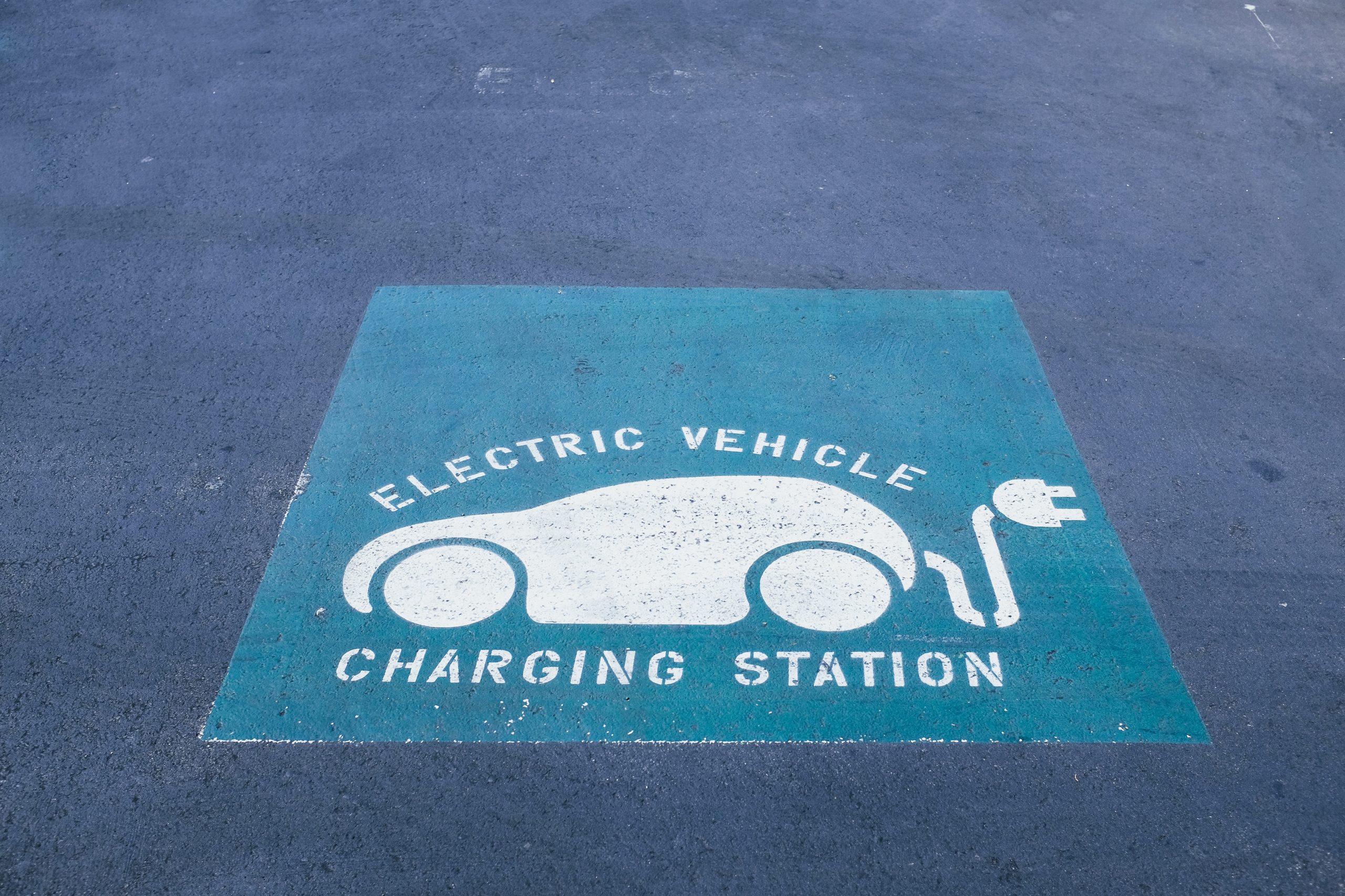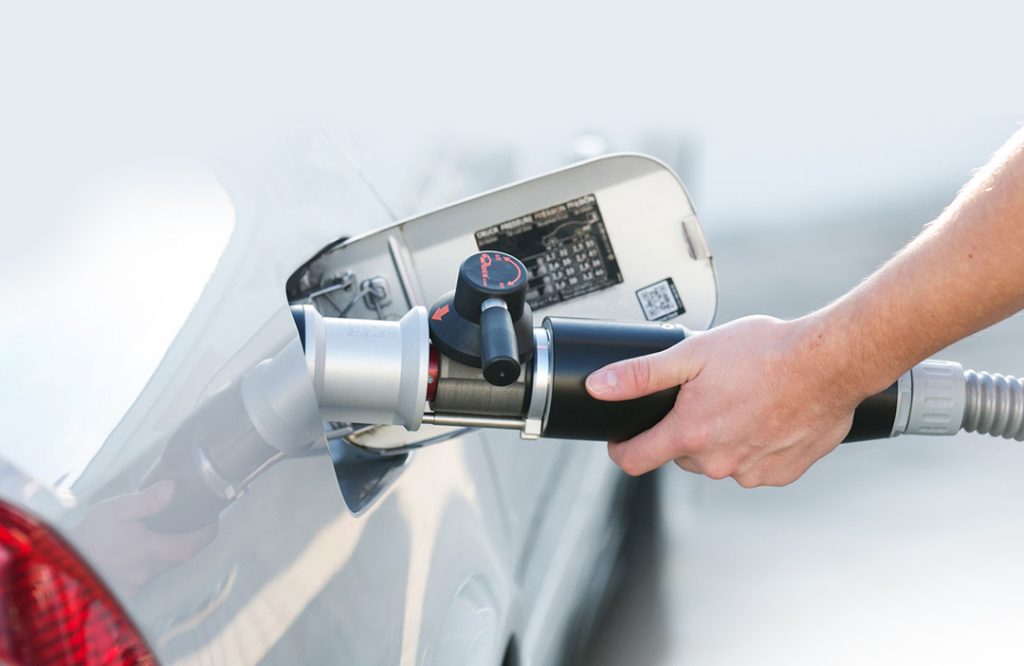
A country like India poses a lot of challenges for EV charging. We count in some of the most densely populated places in the world. Not just metro cities either. But hundreds of tier 2 and 3 towns, and thousands of villages and tribes scattered all over.
Our current infrastructure isn’t even enough to meet the needs of regular fueling. Let alone charging station infrastructure for electric vehicles. This is not to say that work isn’t happening. The govt. and NITI Aayog have come up with a master plan. For creating greenfield infrastructure for EV charging. As well as retrofitting existing buildings and businesses for it.
We will take a look at what has happened so far. Upcoming products and future market speculation. And what needs to happen before EV’s can go mainstream.
The EV market is not new to India. We have had a lot of low-power Gen 1 EV’s come into the market. Cars like the Mahindra E2O and Verito. And dozens of scooters from players like Hero Electric and Okinawa.
But what truly made Indians appreciate EV’s are the basic electric three-wheelers. Competitive in both price and refueling to standard diesel three-wheelers. These lead-acid EV’s have penetrated deep into the homeland. You can find hundreds of these running around big metros, as well as small towns.
And if that is what it takes to manage the burgeoning carbon footprint of a billion plus people. Then it’s still a good start. Unfortunately, the charging infrastructure is also built around the needs of these EVs. So, you can say that an upgrade is sorely needed.
This upgrade is coming the form of both ends of the line. More and more car and bike manufacturers are investing in their future EV lineups. A lot of products are being introduced and announced. In both the 2-wheeler segment, as well as the personal vehicle segment.
Companies like Ola, Ather, and Simple One are ushering in the era of luxury EV’s. That focus a lot more on design and usability, than the previous competition.
Similarly, car manufacturers like Tata, Hyundai, Mercedes, Audi, and Porsche. Are bringing their own versions of gen-2 EV’s. That surpass the build quality and technologies of past EV’s. The hope is that by the time Tesla finally brings their products to India. We will have a lot more options to pick from.
With these new EV’s we are also getting bigger batteries, and longer driving ranges. Which need faster chargers to meet their re-fueling needs. This puts extra pressure on the electric vehicle charging infrastructure. That is already sub-par and inadequate for the modern EV market. Let alone 10 years down the road.
To help you understand why this is so, let us take a look at the modern EV charging infrastructure. And how much is actually needed to meet future projections.

Charging Stations
Current EV requirements in India are pretty simple. We have barely 16,200 electric cars in the personal EV segment. Even counting those in taxi fleets.
The electric two-wheeler segment is a bit stagnant as well. With barely 2 lakh electric scooters in use in our country. In a market that sells over 150 lakh two-wheelers each year.
But what is truly outpacing demand in both products and charging infrastructure. Is the commercial segment, in both small and big EV’s. Because business owners can afford to take a bet on EV’s if it ends up saving them money. On both re-fueling and maintenance.
This shows in sales figures as well, since we have more than 5 lakh electric three-wheelers in India. There are companies that sell electric trucks and buses like Daimler Benz and Scania. But their numbers aren’t significant enough yet to count as being disruptive. We expect this to change as faster EV charging infrastructure starts getting deployed.
Unfortunately, we barely have 1,800 operational EV chargers in India. To handle all this charging load. And less than a third of them are the newer Type 2 chargers that go up to 50Kw’s. But the government is sanctioning another 2,877 chargers. With the hope that they will be up and running soon. Companies like Tata and ABB India are starting to bring new and more complex systems to the market. So, we can expect the next generation of EV charging infrastructure to be a lot more reliable.
The Technology Behind Electric Vehicles
To help you understand the size and scope of the EV market we are talking about, here are some projections. Made my NITI Aayog for the future of EV’s in India. This will give you an idea of what we can expect the EV market to look like. 10 years down the road.
| EV Segments | Avg. Kms Driven Per Day | Avg. EV Range With A Full Battery | Annual EV Sales Growth Rate | Expected Market Penetration by 2030 | Expected Number of EV’s by 2030 |
| 2 Wheelers | 40-50 | 80-120 | 5.88% | 30% | 6,12,353 |
| 3 Wheelers | 120-150 | 100-120 | 5.57% | 70% | 1,15,804 |
| Personal EVs | 40-50 | 250-350 | 3% | 15% | 42,561 |
| Commercial EVs | 100-120 | 180-200 | 15.80% | 30% | 41,992 |
| EV Segments | Public Charging Usage | Type of Chargers Used | Daily Charging Demand | Daily Charging Demand by 2030 | Number of Chargers Needed by 2030 |
| 2 Wheelers | 10% | Single Phase Type 1 | 1.25 | 7,65,442 | 3,866 |
| 3 Wheelers | 20% | Single Phase Type 1 | 8.4 | 9,72,757 | 9,826 |
| Personal EV’s | 10% | Type 2 AC, 50Kw DC | 4 | 1,64,786 | 306 |
| Commercial EV’s | 25% | Type 2 AC, 50Kw DC | 12 | 4,91,838 | 2,303 |
*Data collected from –
Leave a Reply